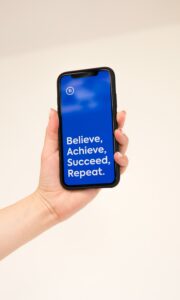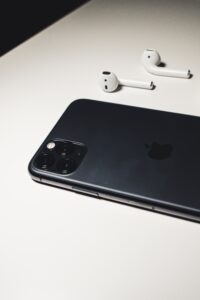How iPhone Has Win the Market

When it comes to defining modern technology, few devices have had as great an impact as the iPhone. It has transformed Apple from a niche computer maker with a profitable sideline in MP3 players into one of the world’s most valuable publicly traded companies. It has also helped redefine mobile phones and set a new standard for user interfaces. It has made it easier to use multiple apps at once and has spawned an entire app economy. It has helped make touch screens commonplace and brought us a whole new way of using our phones by enabling them to function as cameras, PDAs, music players and GPS units. It has helped put a dent in the sales of many other electronic gadgets like compasses, stopwatches, calculators, diaries, maps, voice recorders and portable games consoles.
First iPhone
The first iPhone was introduced in 2007. It operated on third-generation (3G) cellular networks, allowed users to download apps from the new App Store, and provided GPS navigation functions. Its touch screen used virtual buttons and controls, instead of a traditional keyboard, allowing it to operate with fingers or a conductive stylus. This was a radical departure from existing smartphones that relied on keystrokes to navigate and often required the use of a mouse. The iPhone also featured a motion coprocessor that could handle sensor input and freed up resources on the main processor, giving it better performance for video processing and gaming.
With each successive generation of iPhone, Apple focused on improving the camera, screen resolution and processing power. Its design also became more sleek and compact, making it lighter, thinner and easier to hold in the hand. The iPhone 8 and 8 Plus were the first to feature a larger, taller display and a rear camera with a wide-angle lens. They included a Touch ID fingerprint security feature and built-in stereo speakers that sounded 25% louder and had True Tone technology to adjust the color of the display for ambient lighting.
iPhone 12

Apple’s latest model, the iPhone 12 (introduced in 2020), returned to some of the design elements seen on earlier models and added a third rear camera capable of taking ultrawide-angle photos. Its most important upgrade, however, was 5G support which allows for superfast download speeds, better-quality video streaming and real-time interactivity.
The iPhone’s popularity has pushed other smartphone makers to try to keep up. It has helped fuel a fierce competition that is bringing consumers a broader range of features and options.
While iPhones are a popular choice for people around the world, they’re particularly ubiquitous in America. There are memes mocking Android users, news stories of teens being left off school group chats because they don’t have an iPhone, and fears that people are spending too much time staring at the screen of their phone. This kind of cultural dominance doesn’t happen by accident. It requires a company to carefully craft, revise and perfect every element of the customer experience. That starts with comparing different product versions in the retail store and includes the actual purchase, unwrapping (sorry) and setting up your device. More info

















